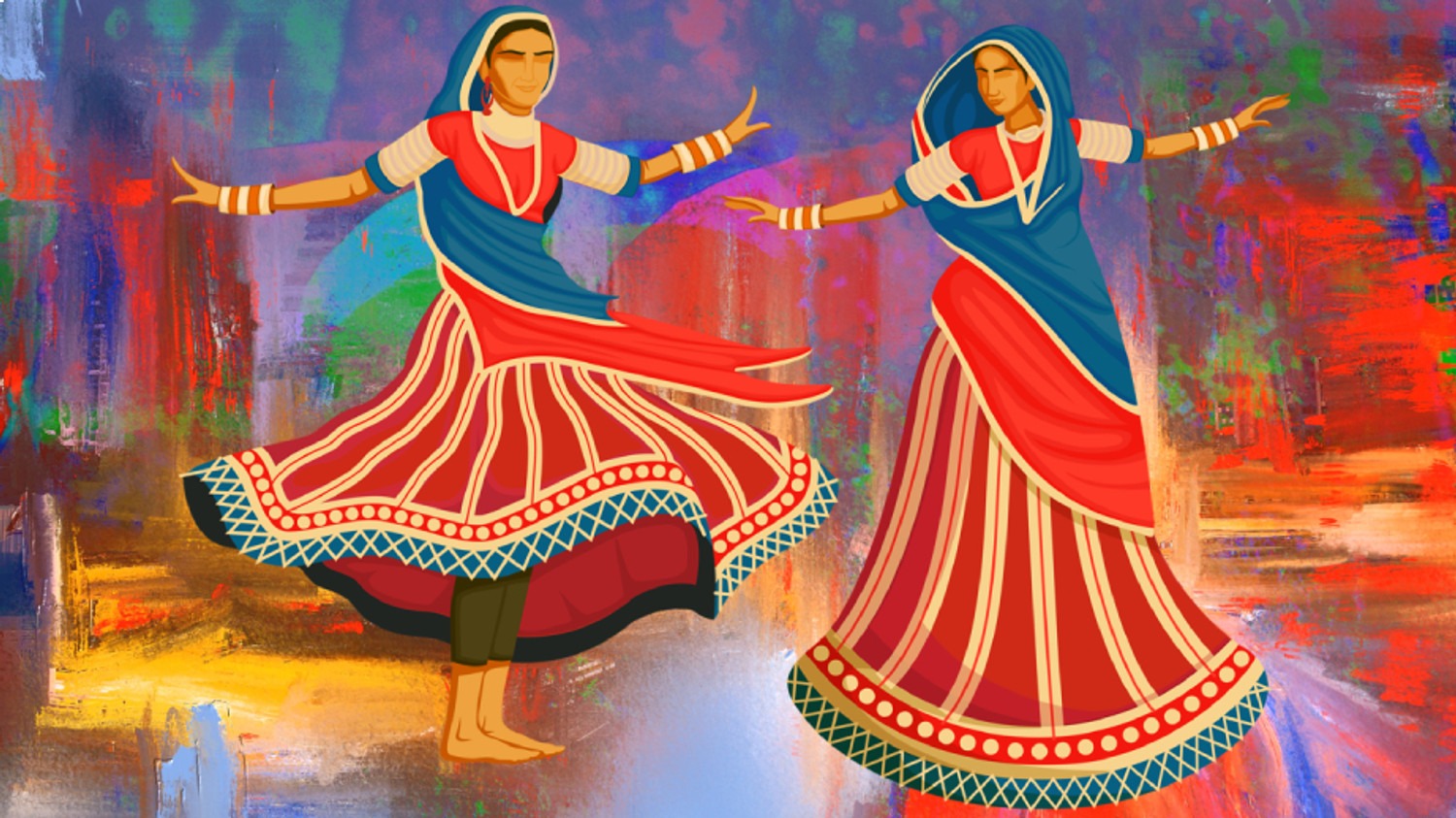Art has always been a reflection of the human experience, from prehistoric cave paintings to modern abstract expressions. Among the many forms of art that have evolved over centuries, traditional art stands out as a cornerstone of cultural identity and heritage 86jos. Rooted in the customs, beliefs, and practices of various societies, traditional art is not only an aesthetic expression but also a historical document that tells the stories of generations. In this article, we explore the significance, forms, and enduring influence of traditional art.
What is Traditional Art?
Traditional art refers to the artistic practices and expressions that have been passed down through generations, often embedded in the cultural and social fabric of a community. Unlike contemporary or modern art, which is frequently experimental and individualistic, traditional art is often communal, grounded in techniques, symbols, and themes that have been perfected and refined over time. These artworks are created with an emphasis on craft, skill, and the preservation of cultural values.
Forms of Traditional Art
Traditional art manifests itself in a variety of forms, each unique to the culture and geography from which it originates. Here are some common examples:
1. Painting and Drawing
Traditional paintings, whether they are on canvas, wood, or paper, often depict scenes from mythology, nature, religion, or daily life. For example, the Chinese tradition of ink wash painting, the intricate and colorful depictions of Hindu gods in Indian miniature painting, and the Native American sand paintings all convey symbolic meanings that transcend mere visual beauty.
2. Sculpture and Carving
Sculpture in traditional art often involves creating figures or forms from materials such as wood, stone, clay, and metal. African masks, for instance, are not only artistic pieces but also serve as spiritual symbols, while European Renaissance sculptures like Michelangelo’s “David” showcase the mastery of human anatomy and emotion.
3. Textile Arts
Embroidery, weaving, and fabric painting are key components of traditional art in cultures around the world. Indian silk tapestries, Peruvian weaving, and the art of Japanese kimonos are just a few examples of how textiles are used as an artistic medium that communicates cultural narratives.
4. Ceramics and Pottery
Pottery and ceramics have a long history, with many cultures using this medium to create functional as well as decorative objects. The intricate designs found on ancient Greek vases or the colorful ceramics of Mexico show how form and function can blend seamlessly in traditional art.
5. Performing Arts
The performing arts, such as dance, music, and theater, also fall under the umbrella of traditional art. From the classical dance forms of Bharatanatyam in India to the folk music traditions of Eastern Europe, these performing arts continue to thrive, preserving stories, rituals, and customs passed down through generations.
6. Architecture
Traditional architecture, such as the grand temples of India, the ornate palaces of Persia, or the adobe dwellings of Native Americans, is another example of art that combines functionality with aesthetics. These structures were designed to reflect both the cultural values and the artistic sensibilities of their time.
The Importance of Traditional Art
Traditional art holds immense cultural and social significance. It serves as a medium for storytelling, offering insights into the history, beliefs, and practices of a community. For instance, African art often depicts daily life, rituals, and the natural world, while Indigenous Australian art tells Dreamtime stories about the creation of the world and ancestral beings.
Beyond storytelling, traditional art helps preserve intangible cultural heritage, ensuring that customs and practices are not lost with the passage of time. This form of art fosters a sense of belonging, as it allows individuals to connect with their roots and express collective identity. It also serves as a means of cultural exchange, as art from one region often influences and inspires the artistic expressions of others.
Furthermore, traditional art promotes craftsmanship and the importance of skill-building. The techniques and methods used in traditional art forms are often complex and require years of practice to master. This emphasis on expertise not only sustains cultural heritage but also contributes to the continuation of valuable trades such as woodworking, metalworking, and textile arts.
The Enduring Influence of Traditional Art in Modern Times
While traditional art may seem distant from the fast-paced, technology-driven world of contemporary art, its influence is still very much alive today. Many modern artists draw inspiration from traditional techniques, materials, and themes, blending them with contemporary aesthetics to create innovative works that honor their cultural roots.
In fashion, traditional patterns and textile techniques are being incorporated into modern designs, and architecture has seen a resurgence of interest in using traditional materials such as wood, stone, and clay. Even in the digital age, there is a growing movement to preserve and promote traditional art through online platforms, museums, and cultural initiatives.
Moreover, the revival of traditional art forms is often a form of resistance against globalization, which can dilute local cultures and customs. By embracing traditional art, communities can assert their cultural identities and ensure that they continue to thrive in a rapidly changing world.
